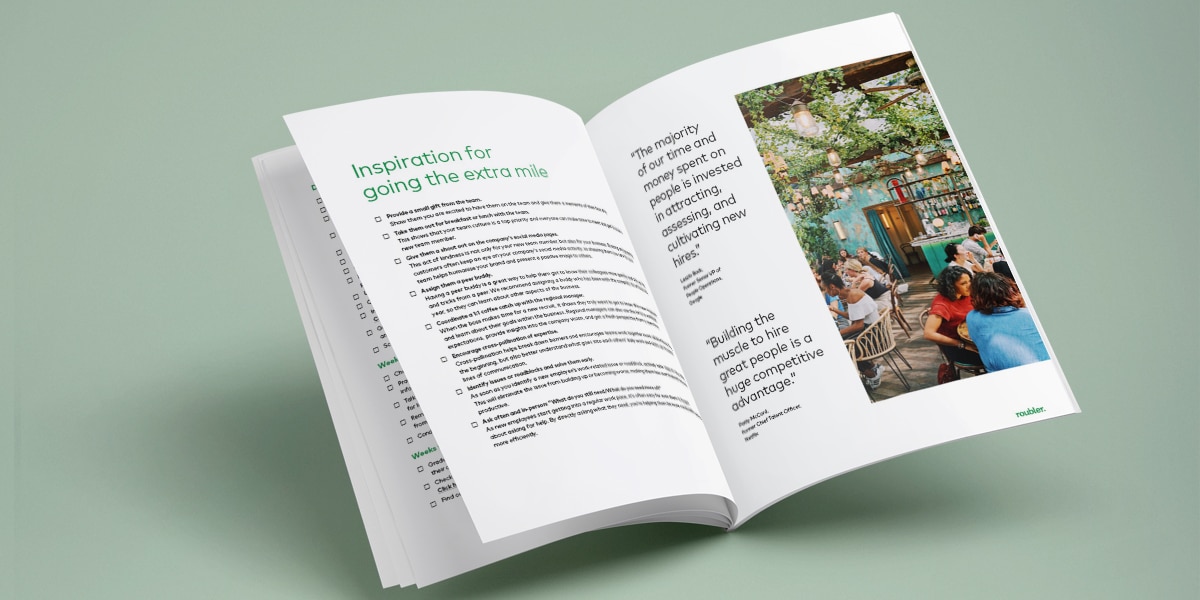
Four reasons why it’s time to rethink your employee experience
No longer just a “nice to have”, an excellent employee experience (EX) is fast becoming the benchmark for any business seeking to find a competitive edge, particularly in times of uncertainty. Defined as a combination of an organisation’s cultural, physical and technological environments, a thoughtfully designed employee experience won’t just create a sense of contentment, it will ultimately benefit your bottom line.
The past six months have been challenging for all of us. Employees have felt the pressure from all angles: blurred lines between work and home life; the struggles of coping with isolation; the fear that job cuts could be just around the corner. Add to this the fact that Australians work an average of 4.6 hours of unpaid labour each week across casual, part time and full time workforces, and it’s no wonder staff are looking to their employers for reassurance and engagement.
In return for their hard graft, employees expect to feel safe, secure and supported in the workplace. They want to feel as though they are contributing positively to something bigger than themselves. This may sound like a tall order – particularly in the midst of a pandemic – but employers who step up and deliver on EX will reap tangible rewards across profitability, innovation and business success.
When championed by the leadership team and embedded across an organisation, EX is proven to be a sound investment. Here are four reasons why creating an exceptional experience for employees today will set your business up for success tomorrow.
Employee satisfaction drives profits
Successful leaders understand the importance of investing time, energy and money into employee satisfaction and engagement. Why? Because they have realised they simply can’t afford not to. They understand what the facts have been pointing to all along: businesses with highly engaged workforces outperform their peers by 147% in earnings per share.
The connection between employee experience and customer experience is a critical factor in driving these performance measures. Your people are the face of your business, and one of the very best ways to improve customer experience is to focus on your team’s happiness, while empowering them with the knowledge and tools they need to excel in their roles.
In short, a good employee experience is a recipe for competitive advantage. Conversely, actively disengaged employees are ten times more likely to take a sick day, and their productivity when they are at work also takes a hit. The cost of disengagement is significant, costing businesses billions of dollars per year.
Financial incentives are not enough
Although money is a core motivator for many, even the most generous bonus structures may not ultimately have a positive impact on team culture. While some will find a healthy sense of competition motivating, employees overall tend to be more driven to achieve when they receive the support they need to thrive at work and at home.
This is something the tech giants such as Google are well aware of, and have used to their advantage. Although critics suggest their employee support scheme is designed so that staff don’t ever have to leave the office and can work longer hours, the simple fact remains: employee satisfaction increased by 37% as a result of implementing this program.
Initiatives such as parental leave, flexible working arrangements, and opportunities for lifelong learning all contribute to a positive employee experience. Don’t leave it up to chance – creating structure around these programs will help ensure they are embedded in your business and are communicated effectively, so employees feel comfortable taking up the benefits on offer.
Physical environments impact performance
Physical spaces have a dramatic impact on staff engagement and directly affect employees’ cognitive, emotional and physical wellbeing. This has never been more true than it is today, with so many employees either being forced to work from home or struggling to adapting to new locations.
A well-designed workplace recognises the fact that different individuals respond in different ways to their surroundings. A vibrant work environment with loud banter and music pumping may be what fuels one person’s performance, but that same space will make others feel completely overwhelmed.
It’s essential to provide the best of both worlds: spaces that foster a sense of community and collaboration, and also those that offer privacy and calm. The unique needs of different departments should also be considered – for example, spaces where the sales team can do their best work without the fear of disrupting others, or ergonomic considerations for your payroll staff.
Happiness and innovation go hand in hand
Happy employees aren’t just up to 20% more productive at work – they are also more creative. True innovation doesn’t just happen by chance; rather, it is cultivated and refined in an environment that appreciates creativity and independent thinking and offers the support needed for it to flourish.
With creativity predicted to be the number one most sought after skill for the future of work, this is something every leader should actively nurture. Giving your employees license to test, measure, and even fail, requires a particular balance of freedom and security that all ties back to the principles of EX.
What’s more, a happy brain functions at a higher level and creates a cycle of positivity, which is why investing in an employee experience to increase the happiness of your teams will enhance overall job satisfaction. A happy workforce could just be the point of difference you need to create a competitive edge in the long term.

